The 25th
LaureateArchitecture
David Chipperfield
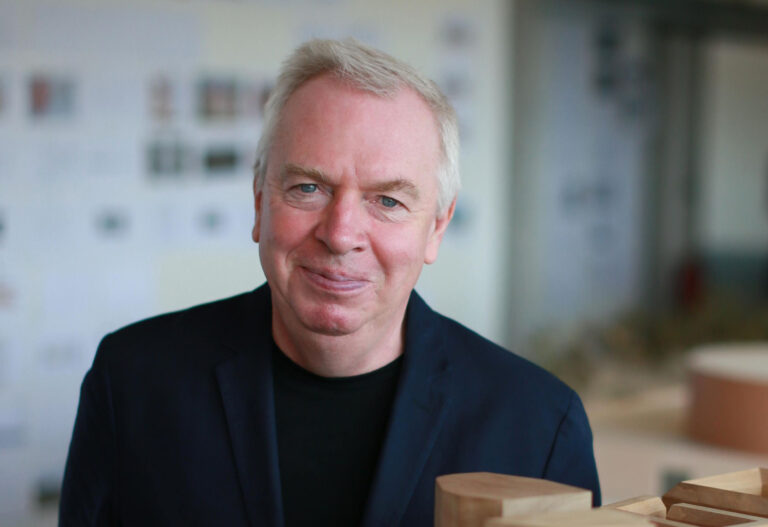
David Chipperfield's architecture represents a more modest,thoughtful art form than many of his modernist predecessors. In his work,he attaches great importance to creating a dialogue with the intended site and then functionally connects the context of its history and culture to modern architecture. With an unerring eye for elegant diffuse and natural lighting,his designs reveal a building's essential quality in a graceful and quiet atmosphere.
In the 1980s,at the beginning of his career,most of his commissions were outside Britain,in particular in Japan. Understandably,his work often reflects the influence of Japanese culture and architecture,in particular the notion of 'a borrowed view' – where the external,natural landscape becomes framed and integral to the interior space.
In 2009,he completed the twelve-year project for the reconstruction of the Neues Museum in Berlin,bringing new life into what used to be a ruined mid-19th century building and attracting worldwide acclaim.
His latest works include two museums in England,The Hepworth Wakefield and Turner Contemporary (2011) as well as the stunning new East Building of the Saint Louis Art Museum (2013),U.S.A.
He has offices in London,Berlin,Milan and Shanghai and is working on a wide range of projects internationally.
Biography
The site of any building has its own unique "contexts"; contexts of history,of culture,and of the memories of the people who live around it and its local environment. Architect David Chipperfield believes that it is his role to examine those contexts carefully and to weave them into contemporary architecture.
The River and Rowing Museum,Henley-On-Thames (1997) is an early example of this philosophy. It was his first major project in Britain and one that required considerable sensitivity to the various demands within the brief. In his final design,he proposed a sharply slanting gable roof that drew its inspiration from the shape of traditional boathouses along the Thames and a fully glazed ground floor,thereby connecting the traditional to the modern,thereby appealing to a broader audience. Deservedly,this building was highly acclaimed both in Britain and internationally.
Chipperfield was born in London and graduated from the prestigious Architectural Association in 1977. In 1984,after gaining considerable experience working with architects such as Richard Rogers and Norman Foster,he established his own practice in London; David Chipperfield Architects.
Until the late 1990s his commissions came primarily from overseas,in particular from Japan. Modernism was out of favour but Postmodernism with a nod towards classical ideals,was beginning to emerge. In Japan,post-Metabolist architects such as Tadao Ando were showing that they could deal with contexts; with culture,with history,and with site requirements,successfully connecting them through modern architecture. Chipperfield frequently cites his experiences in Japan,uniting modern architecture with traditional principals,as profoundly influential on his career. In particular,the pairing of intrinsic qualities of materials; the ingenious use of scale and vistas; the relationship between interior and exterior space; the manipulation of space and light; and the symmetry counterbalanced with asymmetry – all of which can be traced back to the domestic Japanese tradition. His use of 'borrowed views' in many of his designs is a further characteristic of his work that can be traced to a wider interest in Japanese culture.
Recently,he has completed a number of large projects,among which the most important was the reconstruction of the Neues Museum on Berlin's Museum Island,a World Heritage site. This museum,built in 19th century,was practically a ruin as a result of damages incurred through war and subsequent neglect. His design has breathed new life into the building,but it has not overpowered its history and memories. It has given people new possibilities to interact with its interior space in a vibrant and exciting way while allowing new exteriors to sensitively connect to the previously existing grandeur. It has not only thrilled the citizens of Berlin but has attracted worldwide acclaim from specialists and the general public alike.
Other recent works include America's Cup Building (2005) in Spain,The Hepworth Wakefield (2011),created to house a collection of British sculptor Barbara Hepworth and the East Building of the Saint Louis Art Museum,USA (July 2013). He has offices in London,Berlin,Milan and Shanghai and his practice's projects range from private houses to large-scale public constructions but all revealing Chipperfield's design characteristics of a graceful,quiet beauty and a real understanding of 'contexts'.
Chronology
Contributed towards the architectural gallery called ”9H”
Des Moines Public Library,USA
Turner Contemporary,Margate,Kent,UK
Awarded the Royal Gold Medal of the RIBA
-
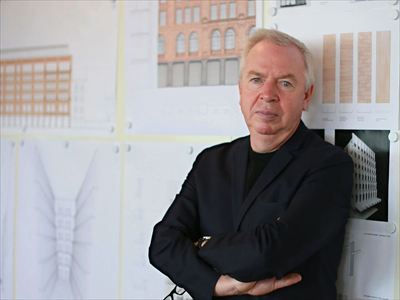
At his office in London
-
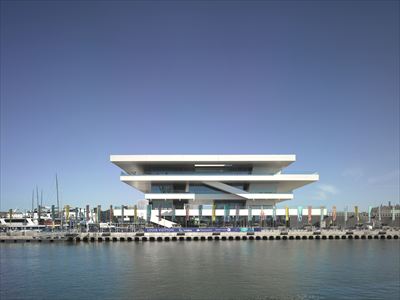
America’s Cup Building, ‘Veles e Vents’
-
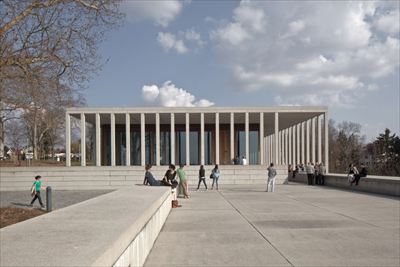
Museum of Modern Literature
-
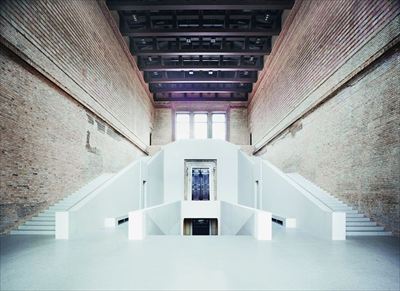
Neues Museum
-
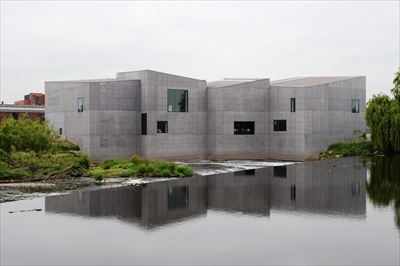
The Hepworth Wakefield
-
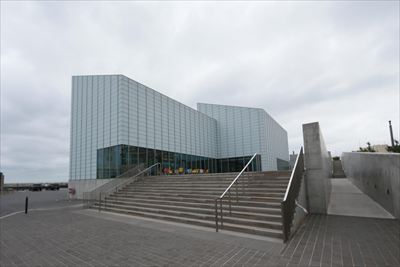
Turner Contemporary
-
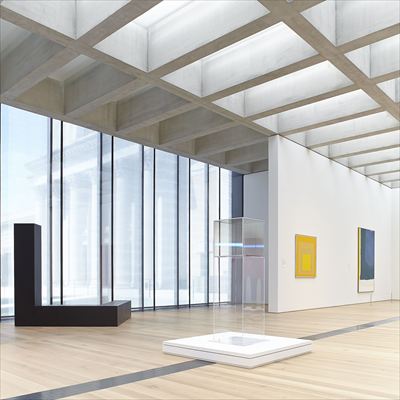
Saint Louis Art Museum East Building
